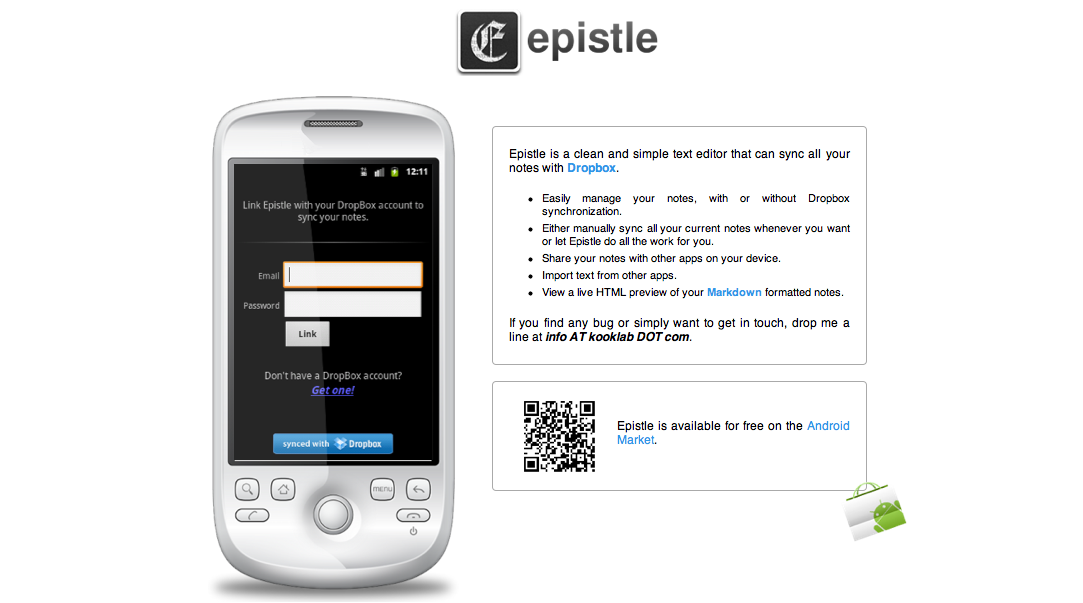While my digital-self has been quiet over the last few months, I have not been entirely inactive. Having instigated a cleanup of my web footprint (I shared the initial stages in this post), I have continued this process alongside a number of subtle design/structural changes to jamesmichie.com and jamesmichie.com/blog. Also, I have made some changes to my online workflow – more out of necessity than choice.
Following on from decreasing the number of peripheral accounts that I had. I set about redesigning my second blog. I added a more pleasing theme and retitled it ‘Et cetera’. I felt, that what was my other blog, lacked a clear sense of purpose. As such I’ve added the tag line: ‘…riffs, ramblings, snippets and pics’. These were not extensive changes but add clarity to the role this blog plays in my online presence. I also wanted to draw a bit more attention to ‘Et cetera’, so I added buttons to both jamesmichie.com and jamesmichie.com/blog.
[Update: 27.07.12 Et cetera has been closed and the posts imported to this blog.]
This coincided with the removal of the Facebook page I set up to promote jamesmichie.com/blog. The page added limited value and very few additional readers. This also resulted in the deletion of my Facebook account. The continued uncertainty surrounding Facebook’s inability to take its customers’ privacy seriously, have left me under no illusion that it is better to be out than in.
I have made some minor changes to jamesmichie.com including adding a ‘bookmarks’ feed. Likewise, I have added the same feed in the sidebar of this blog. This change was prompted by Google’s decision to remove the sharing functions within Google Reader. The result? Google Reader continues to be my RSS reader of choice, however I laboriously reviewed the items I had shared (automated to Twitter via ifttt) and added any that I wished to keep to my Delicious bookmarks. I am now using this to both bookmark and share items – again, automated with ifttt. Initially, I was annoyed about Google’s decision but this has actually helped in the slimming down of my web presence – streamlining my sharing/bookmarking workflow.
What’s more, with the reduction of sources from which I am sharing information, I have removed the shared stream that was present on both jamesmichie,com and jamesmichie.com/blog.
Also, I have made some subtle changes to this blog, including the addition of text snippets in the side bar to further encourage people to subscribe to the blog and to also promote conference and events, at which I will be attending/speaking.
As I have taken each step, deleting accounts; cleaning up features; adapting my workflow, I have felt calmer, more in control, more focused. I can see that much of this has come as a result of the reading I have been doing this year – particularly the work of Leo Babauta. His books ‘The Power of Less‘ and ‘Focus‘ have had a profound effect in helping me to channel my energy into projects that matter.
I am not, now, opposed to trying out new tools or apps. However, I think it is important to limit your output – the more outlets that you are having to keep up is a form of distraction in itself.
Here are some of the selections I have made:
- Twitter NOT Facebook (sometimes Google+).
- Cloud App NOT Posterous, Twitpic, yFrog and Mobypicture.
- jamesmichie.com/blog NOT Amplify.
Each of these choices have helped me to streamline my web footprint, reduce friction, and find focus – allowing me to fully appreciate the value of ‘less’.
I leave with this thought:
Most of what we say and do is not essential. If you can eliminate it, you’ll have more time, and more tranquillity. Ask yourself at every moment, ‘Is this necessary?
~ Marcus Aurelius
